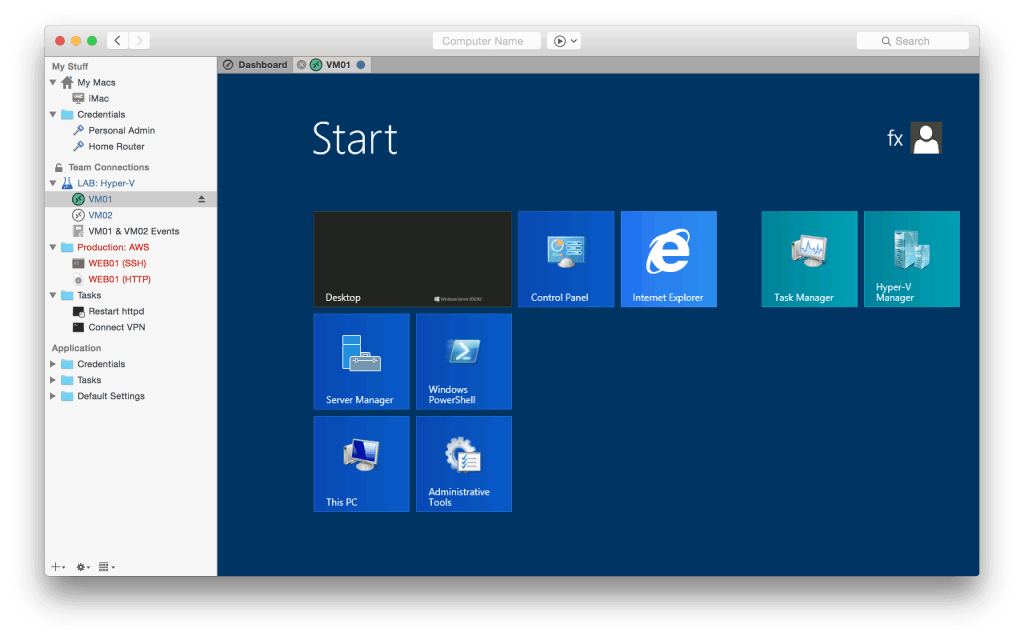How To Upgrade An Operating System For Mac

You'll see a banner advert for it in the App Store's Updates tab if there's an upgrade available. Click the link to read more information about the upgrade, or click the Free Upgrade button to download it. When the download's finished, you can install it straight away or leave it for later. You won't be able to use your Mac while it's upgrading, so it might be a good idea to start installing it before you go to bed, for example.
The latest version of the macOS operating system, macOS High Sierra, was released on Monday, September 25, 2017. In this article, we will explain how to upgrade mac to macOS High Sierra. Update your system software to ensure you have the most recent operating system components. From the Apple menu, select Software Update., and then follow the instructions on the screen. Often, you will have to restart your computer, and you may have to run Software Update multiple times before it can completely update your system.
 On Mac, click on Ribbon & Toolbar in the 'Authoring and Proofing Tools' section of the dialog box, then click on the Ribbon tab at the top of the dialog box. 4 Check 'Developer' in the 'Main Tabs' pane.
On Mac, click on Ribbon & Toolbar in the 'Authoring and Proofing Tools' section of the dialog box, then click on the Ribbon tab at the top of the dialog box. 4 Check 'Developer' in the 'Main Tabs' pane.
If you're keeping an eye on the upgrade while it's happening, you'll see the computer reboot several times. This is completely normal, and your apps and files will still be there the next time you log in.
Upgrade My Operating System Free
Apple’s latest version of OS X is called (officially, it’s version 10.11). El Capitan does some fine-tuning to the Mac operating system, and it also has major updates to Safari, Mail, Notes, Maps, and Photos.  It’s scheduled to be released on Wednesday, September 30. Before you upgrade to El Capitan, it helps to perform a few tasks first.
It’s scheduled to be released on Wednesday, September 30. Before you upgrade to El Capitan, it helps to perform a few tasks first.
This will help ensure that your upgrade moves along smoothly. After you prep your Mac, you can update OS X as soon as Apple releases it, though it’s understandable if you rather wait until the first update to El Capitan in case you’re worried about bugs.
Not familiar with El Capitan? Our is a good place to start to learn more. Here’s how to get your Mac ready for El Capitan. Compatible hardware These Macs are compatible with El Capitan. • iMac (Mid 2007 or newer) • MacBook (Late 2008 Aluminum, or Early 2009 or newer) • MacBook Pro (Mid/Late 2007 or newer) • MacBook Air (Late 2008 or newer) • Mac mini (Early 2009 or newer) • Mac Pro (Early 2008 or newer) The general minimum requirements call for 2GB of memory, 8GB of available storage, and an Internet connection for some features. You can run a Mac with 2GB of memory, but this is a good opportunity to upgrade to 4GB or 8GB.